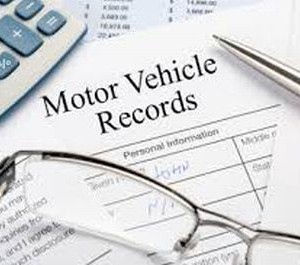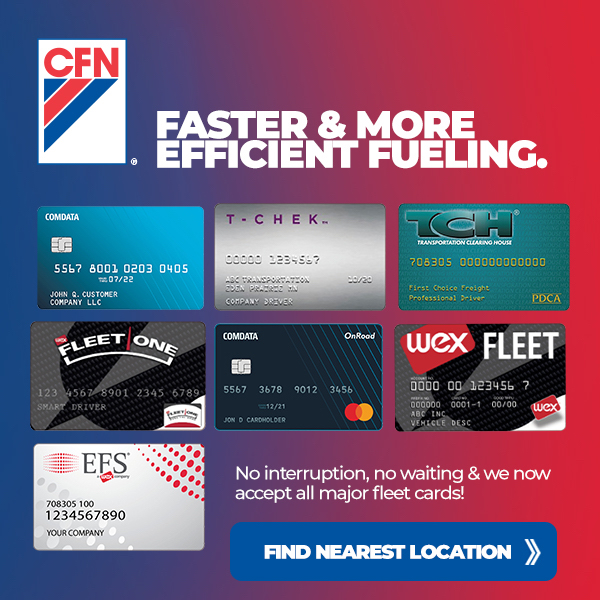
by Wade Carson, Head of Automotive Product for Wolters Kluwer
October 24, 2022
The fluctuating used vehicle market is expected to bring an increase in remarketing activity for both corporate and rental fleets over the next several quarters. This increased exchange of remarketing documentation and overall processes will place more strain on fleets as they attempt to handle additional procedural activity, especially as many are already short-staffed due to still-tight labor markets.
However, eVault technology is designed to help fleets and remarketers better manage the onslaught of this type of documentation management and processing, and also reduce the risk of error and compliance issues throughout the process.
First, let’s take a look at understanding why the used vehicle market is changing. Prices of used cars and trucks sold at auction during August fell by 4.0% compared with July, and are down by 12.5% from the peak in January, on a mix-, mileage-, and seasonally adjusted basis. Rising interest rates and a tightening of the macro economy has slowed consumer demand for vehicles, bringing overall values down.
As these values begin to drop, rental and corporate fleets will also look to adjust and shed inventory by decreasing undesirable fleet loans from their portfolios. This increased activity will create a larger burden on documentation management and process handling.
 Although a growing percentage of vehicle procurement has migrated toward digital processes, such as the use of online resources for consumer shopping, the back-office processes in a commercial setting remains largely paper-based for fleets and their lending partners.
Although a growing percentage of vehicle procurement has migrated toward digital processes, such as the use of online resources for consumer shopping, the back-office processes in a commercial setting remains largely paper-based for fleets and their lending partners.
One of the reasons why the fleet industry has not had larger adoption rates is because the process is complicated, and there are many moving parts during the remarketing, procurement and finance or refinance stages. There is an entire system working behind-the-scenes that also must be digitized, and it involves several parties including the dealer, fleet operator and lender.
Central to this behind-the-scenes system is what is known as the eVault. For auto lenders, one of the major concerns inhibiting the adoption of digital finance technology is the legality and enforceability of electronically signed documents as secure assets from their fleet or remarketing partners. These electronically signed documents need to be stored and managed in a way that ensures they retain the same legal enforceability as paper – and this is where the eVault comes into play.
How does an eVault work?
Within the context of digital lending, eVault technology works by permanently binding electronic signatures to a document and creating a tamper-proof audit trail that demonstrates ownership and compliance. The process of eVaulting a document within a secure, trusted environment fulfils the legal and regulatory requirements for uniqueness and negotiability of the document as a digital financial asset. These compliant Digital Original® assets are often referred to as an Authoritative Copy or Transferable Record. As interaction with the document occurs throughout its lifecycle, the eVault also enables the owner or secured party to control the access rights to the asset and track all activity regarding the asset: from signing, maintenance, sale, pledging, collateralization and securitization through to its ultimate disposition or destruction.
Step 1: Transaction parties sign electronically, either in-person using an electronic signature pad or other signing device, or by logging into a secure online portal and applying their electronic signatures to one or more documents.
Step 2: Once all the signatures are applied, the executed document is instantly deposited into the eVault—establishing the authoritative original document—where it is held and managed via controlled access by authorized parties throughout its lifecycle.
 Step 3: All activities and functions affecting the original documents are controlled and logged by the eVault. This includes any print, copy, or view requests; generating legally admissible copies for use in a court of law; transferring the authoritative copies to another vault; and exporting them to paper permanently.
Step 3: All activities and functions affecting the original documents are controlled and logged by the eVault. This includes any print, copy, or view requests; generating legally admissible copies for use in a court of law; transferring the authoritative copies to another vault; and exporting them to paper permanently.
Why not store documents in any digital drive?
Today’s financial institutions (which includes some fleet operators), realize there are complex regulations that must be adhered to for loans, punctuated by the Gramm-Leach-Bliley Act and UCC109(5). Sure, digital solutions are more efficient, but compliant electronically signed documents require a higher standard of security and accessibility than provided by a simple G-Drive, for example. These documents must remain protected and accessible to authorized parties throughout the lifecycle of any transaction.
Fleet operators, remarketers and lender partners must ensure that controls are in place every step of the way to track an original document and prove its unaltered authenticity and uniqueness. They must also demonstrate they can securely manage access rights and have the ability to perform ongoing audits. Lastly, they must demonstrate that original documents are transferrable, and legally admissible copies can be forwarded to multiple downstream participants through the various stages of a transaction.
Prior to the pandemic, it was commonplace for automotive transactions to be paper based with documents housed in a physical repository. However, as lenders move to digitize their fleet-facing processes, an eVault solution is a vital component to providing fully compliant and contactless digital loan solutions. With the adoption of this technology, fleet operators, remarketers and financing partners will ensure they are providing the efficient experience fleets need while also remaining in compliance with new regulations.
 About The Author: Wade Carson is Head of Automotive Product for Wolters Kluwer, a global provider of professional information, software solutions and services for the automotive and auto lending industries. For more information, please visit www.wolterskluwer.com.
About The Author: Wade Carson is Head of Automotive Product for Wolters Kluwer, a global provider of professional information, software solutions and services for the automotive and auto lending industries. For more information, please visit www.wolterskluwer.com.




